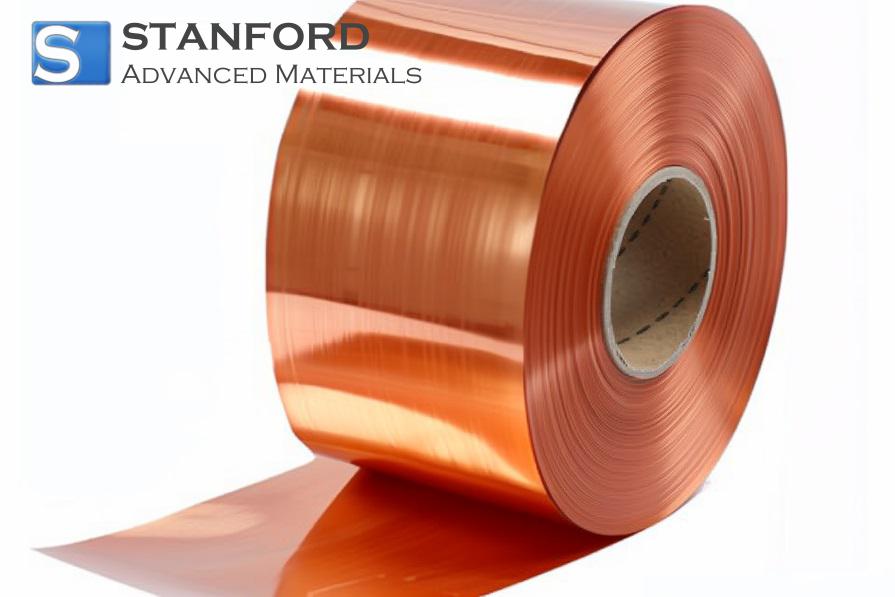How Graphene Paint Is Used To Save Buildings
Graphene has several industrial applications. Research into its potential uses remains ongoing. Graphene is now used in manufacturing paint that restores ageing buildings. The architect Santiago Calatrava faced legal actions last year. Several building owners filed lawsuits. This included parties from his hometown, where he built an opera house three years ago that now stands in disrepair. Calatrava continues his professional activities because a new company specialising in graphene paint has proposed a restoration plan.
A manufacturer based in Alicante, specialising in graphene products, submitted a proposal to the local authorities in Valencia. The proposal indicated that certain products could restore the deteriorating buildings at the City of Arts and Sciences. The centre has been operational for eight years. The opera house was sold for 455 000 000 dollars. The building features a curved façade from which numerous white tiles have detached even under strong winds. Consequently, the building was closed and all tiles were removed.
Today the building stands as a structure with exposed supporting elements. Valencia has initiated legal proceedings seeking compensation from Calatrava. According to El Mundo, future repairs could cost less if a new façade is developed and treated with a graphene-based paint. This paint, known as Graphenstone, is produced by mixing graphene with limestone powder. In the mixture, graphene functions on a molecular level as a supporting network. This network enables the tiles to withstand adverse weather such as extreme heat or cold and to remain adhered. The paint has received market authorisation and is available in Spain. It is used in the restoration of historical buildings.
The idea arose from three alternative solutions proposed by Calatrava's firm at the end of January. One option involved replacing the tiles. Another option suggested covering the exposed façade with filler material. All proposed solutions were assessed as costly, with estimated expenses of at least 4 000 000 dollars each. The economic conditions for all parties are unfavourable. Consequently, the prospect of resolving the issue with this new technology is notable.

 Bars
Bars
 Beads & Spheres
Beads & Spheres
 Bolts & Nuts
Bolts & Nuts
 Crucibles
Crucibles
 Discs
Discs
 Fibers & Fabrics
Fibers & Fabrics
 Films
Films
 Flake
Flake
 Foams
Foams
 Foil
Foil
 Granules
Granules
 Honeycombs
Honeycombs
 Ink
Ink
 Laminate
Laminate
 Lumps
Lumps
 Meshes
Meshes
 Metallised Film
Metallised Film
 Plate
Plate
 Powders
Powders
 Rod
Rod
 Sheets
Sheets
 Single Crystals
Single Crystals
 Sputtering Target
Sputtering Target
 Tubes
Tubes
 Washer
Washer
 Wires
Wires
 Converters & Calculators
Converters & Calculators
 Write for Us
Write for Us

 Chin Trento
Chin Trento


